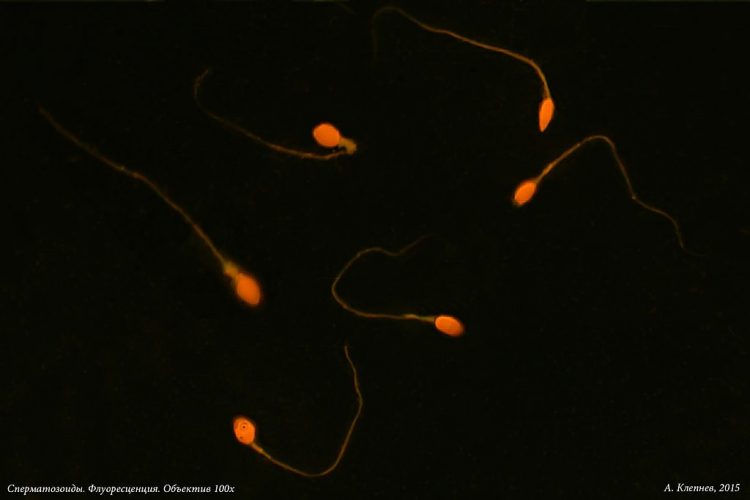Father of 9 Divorces Wife After Finding Out He Had Been Sterile for Most of His Life

A Moroccan man recently filed a lawsuit against his wife, accusing her of adultery. After undergoing a routine health checkup , the man allegedly learned that he had been sterile for most of his life, so he couldn’t possibly have fathered any of their nine children. The man, a professor in the small Moroccan city […]
Welcome to Ifrane, Africa’s Little Switzerland

Ifrane is a small town and ski resort in Morocco, famous for its European style and its similarity to the tourist haven of Switzerland. Developed by the French in the 1930s, Ifrane is so reminiscent of the Swiss Alps that it is fondly referred to as ‘Africa’s Little Switzerland’. The town is located at an altitude of […]
Chefchaouen – The Blue City of Morocco

One of Morocco’s most popular tourist destinations, Chefchaouen is most known for its blue-rinsed buildings and alleys, an old tradition leftover from the city’s Jewish population. Chefchaouen was founded by Moorish exiles from Spain, in 1471, as a small fortress to fend off the attacks of invading Portuguese forcess in northern Morocco. After the Spanish […]
